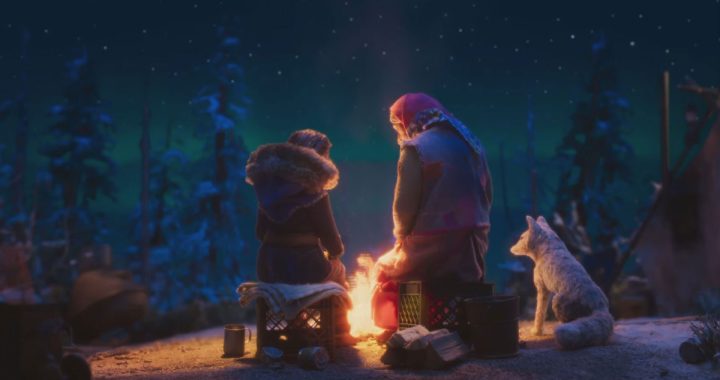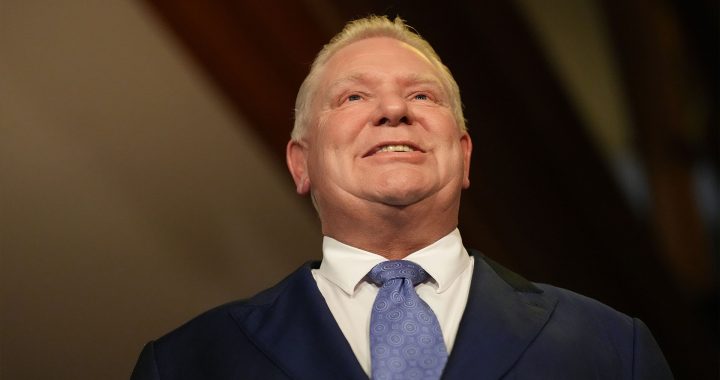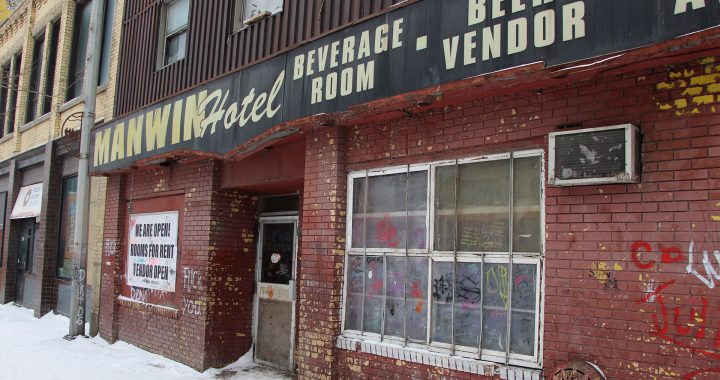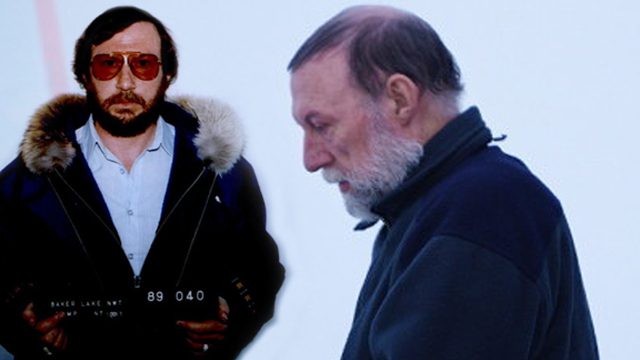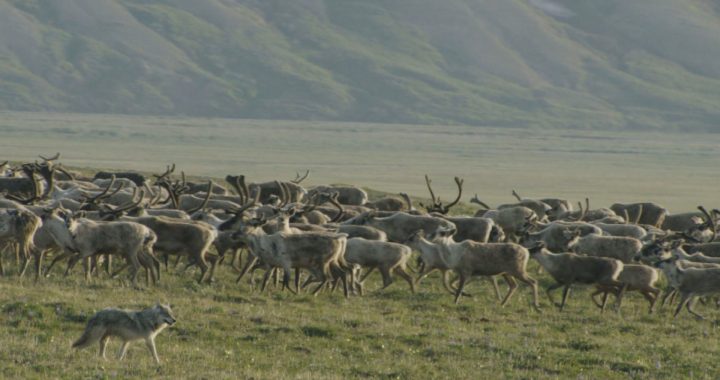It’s getting a lot colder in the Yukon these days, but that isn’t stopping Joe Bruneau from patrolling Kluane First Nation (KFN) territory.
As an environmental guardian for KFN, it’s his job to collect information on the health of the land.
His main tasks are to monitor the highway, questioning any hunters he encounters and recording game counts.
Any observations he documents are provided to the chief and council so they can keep tabs on what – and who – is roaming on their territory.
“We just want to know the reason why people hunt,” Bruneau told APTN News.
“(We monitor) the animals to make sure that (hunters) don’t overtake what there is. It’s kind of to keep an eye on the game and see if it’s declining or if it’s up.”
While Bruneau isn’t First Nations, he is an honorary member of KFN, and was selected with two other KFN members for the program.
KFN previously had its own internal monitoring program for the last several years.
The guardians roles are part of a three year federal pilot program to fund 10 Indigenous guardian projects Canada-wide each year. Earlier this summer, the federal government committed $600,000 for this year’s projects.
The goal of the program is for First Nations communities “to exercise their responsibilities to the land, waters, and ice of their traditional territories,” according to its website.
While guardians can’t enforce laws or write tickets, they are responsible for informing anyone entering the territory, especially hunters, about the rules and regulations protecting the land and wildlife.
“Our job is to let people know what’s on the land, and what’s not on the land,” Bruneau said.
He said an example of this could be investigating why crows are crowded in certain areas, or telling hunters to take their garbage with them when they leave a hunting site.
“I’m just an information booth, but a mobile one!,” he chuckles.
The guardians are also responsible for recording game like moose and salmon, which have been scarce in recent years.
“This year I didn’t see too many (moose) calves. We used to get salmon up here quite a bit and I think this year they counted 40.”
Chief Bob Dickson said guardians are also responsible for monitoring climate change, like Kluane Lake, which dropped approximately 2.5 metres in 2016.
The Kaskawulsh Glacier, a massive glacier in the St. Elias Mountains, within Kluane National Park, withdrew to a point where its melt water is now going in the complete opposite direction.
Instead of flowing westward into Kluane Lake, the melt water now runs eastward through the Kaskawulsh River.
Dickson said this has caused many problems for KFN citizens.
For instance, hunters can no longer take a boat to inaccessible stretches of territory where moose commonly roam. Dickson said KFN doesn’t have the infrastructure to install lighter weight modes of transportation like jet-skis.
“We have to travel outside of our community to harvest, to get back to our moose hunting, our traditional gatherings. All that has an effect because this lake is so low.”
Bruneau said his position as one of the environmental guardians has allowed him to see instances of climate change firsthand.
“(Rock) slides are becoming a big thing up here. Just amazing. You go there one year and it’s ice, the low type and everything. The next year you go up here it’s all slimmed down.
With animals at the forefront of environmental change, Bruneau worries populations have now become unpredictable, especially moose, which are a food source for KFN.
“The animals change with the climate change. Sometimes the bull moose will rut later, or sooner. It just changes the population of the animals.”
Dickson said closely monitoring game numbers will be crucial for KFN moving forward, as overhunting has plagued the territory in recent years.
“We’ve had moose counting numbers that are lower than traditionally than they were 25 years ago. We’re trying to get a handle on what’s happening on our land, where are our animals going, and are there changes on our land?
Are there changes to the feed the animals are living on?”
Read More:
APTN News coverage of Climate Crisis
There will be one more round of government funding for the guardianship program, assisted by Environment and Climate Change Canada.
After that, the government will decide if it will commit to a long-term program.
Bruneau is hopeful positions like his will be added to more communities, and said he’s proof that boots-on-the-ground programs are helpful in garnering community support for environmental initiatives.
“(Earning) the trust of the people, that’s the main thing. I have people now phoning me telling me they got a moose and where. Whereas before I’d have to go out and go look all the time. People are getting into it.”
“All we’re trying to do is preserve something for the future generations. The only way we’re gonna do that is if everybody pitches in and helps.”




